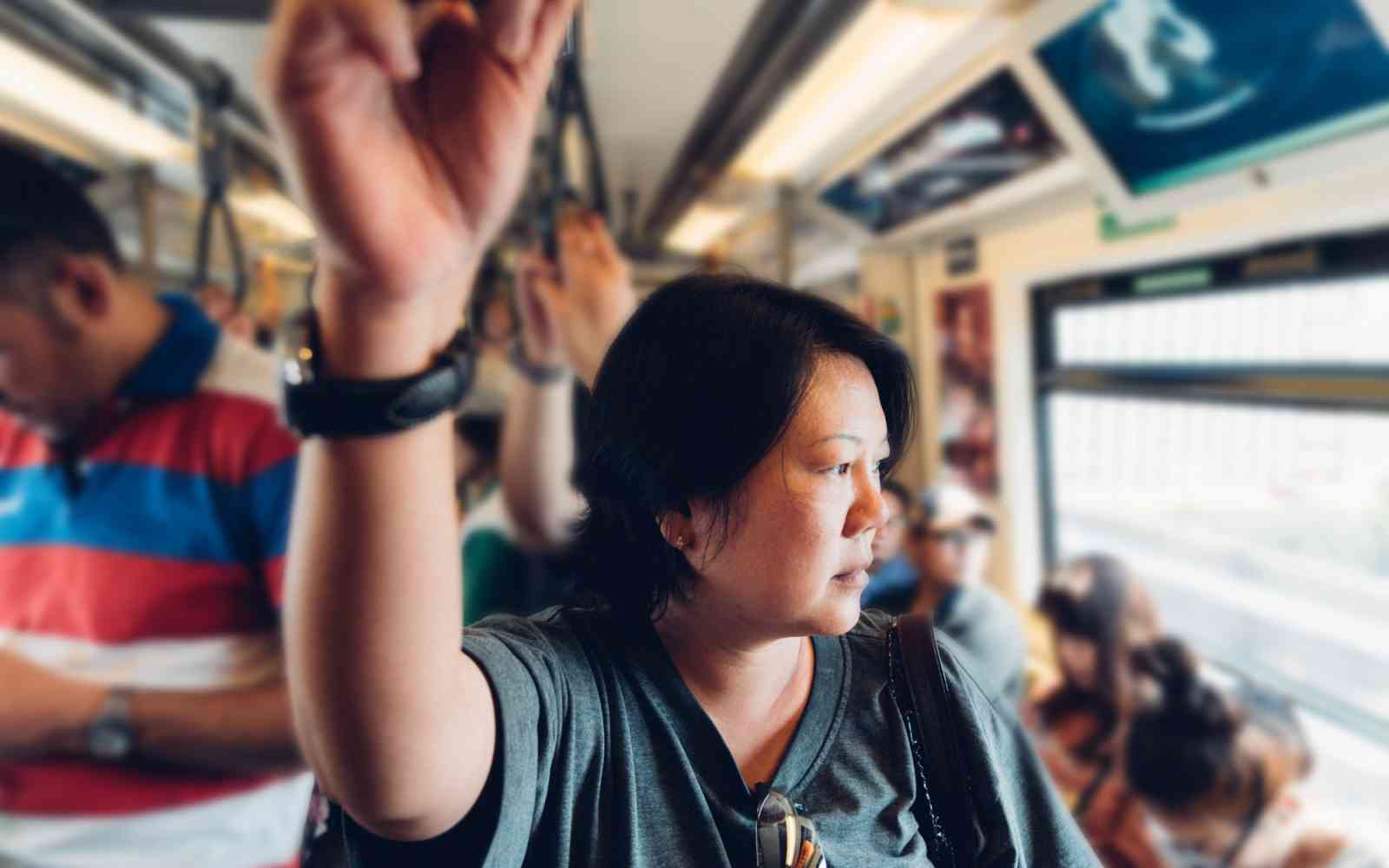The United Nations Office for Project Services (UNOPS)
Infrastructure for gender equality and the empowerment of women

A new report published by UNOPS calls on the global community to change the way infrastructure is planned, delivered and managed so that it empowers women and girls.
The report, ‘Infrastructure for gender equality and the empowerment of women’ examines the numerous barriers women and girls face when trying to access basic services – such as education and healthcare – or economic opportunities.
As the ongoing COVID-19 pandemic demonstrates, women and girls are more exposed to the effects of pandemics – economically, socially and health-wise. Poor infrastructure can worsen the impact of crises, limiting access to critical resources such as clean water, proper health and sanitation services, and digital communications technology.
Around the world, too many women and girls miss out on opportunities to improve their lives for a simple reason: because the infrastructure around them isn’t built with their needs in mind.
“This must stop, and it must stop now, to make certain that women and girls are not left behind as the world develops,” added Ms. Faremo.
An estimated $97 trillion in global infrastructure investment is needed by 2040 to support sustainable development, two-thirds of which will be required in developing countries.
Considering the long life of infrastructure, the report highlights the dangers and missed opportunities in not incorporating gender considerations throughout the life cycle of infrastructure, potentially locking in gender inequalities for decades.
“Moving away from gender-blind infrastructure design, to one that ensures responsiveness to women’s rights and needs is essential not only to eradicate poverty, but to reignite and accelerate progress for the achievement of the 2030 Agenda as a whole,” said UN Women Executive Director Phumzile Mlambo-Ngcuka in the report’s foreword.
To ensure that infrastructure development supports equal access to services – under ordinary circumstances and times of crises – a gender mainstreaming approach must be incorporated throughout the infrastructure lifecycle and critically during the design stage. Gender-responsive infrastructure design has the power to address gender inequalities and empower women by responding to diverse needs in society and can accelerate the socio-economic mobility of women, girls and other underserved or disadvantaged groups.













